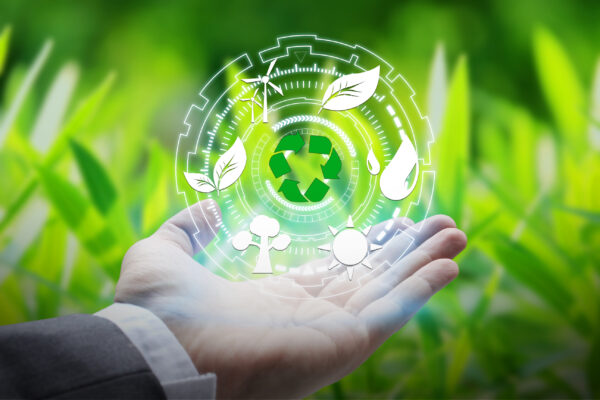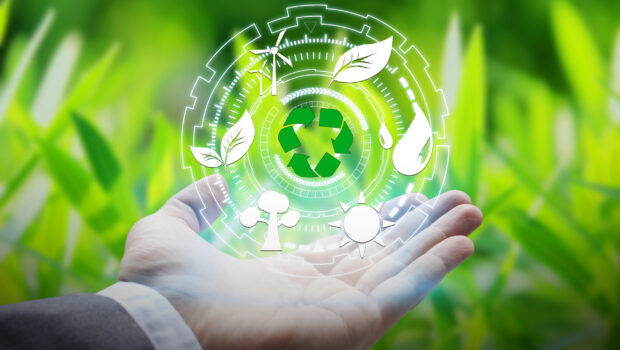Improving Sustainability Standards for IT Technology
Information technology is one of the world’s largest industries and is a major driving force of the modern economy. Unfortunately, humanity’s reliance on this technology has come at a cost, with the tech industry being considered one of the least sustainable on the planet.

Here’s what tech companies can do to improve sustainability standards for the IT industry as a whole.
Tech Waste
Electronic waste, also known as tech waste or e-waste, only makes up about 2% of the trash in America’s landfills, but the majority of what is there can become toxic. Collectively, consumer electronics are designed with planned obsolescence in mind. Devices break down or become obsolete in very little time, and people are encouraged to discard their still functional devices in favor of the newest replacement.
Some companies, such as Apple, have even gone out of their way to make it impossible for people to repair their devices. However, it was pressured into changing its mind and allow self-service repair late in 2021. The problem with this mindset is that it generates massive amounts of tech waste. Shifting away from planned obsolescence can help improve the overall sustainability of the IT industry.
Recycling
The massive amount of e-waste generated every year might seem like an insurmountable challenge, but there is a light at the end of this tunnel. Most e-waste is recyclable. However, the challenge is making it more accessible for the average user. Many cities, even those with recycling programs, don’t offer the option for recycling electronic waste, which is a large part of why so much of it ends up in landfills.
Carbon Neutrality
The looming climate crisis has a deadline. Globally, we need to cut global carbon emissions by 50% by 2030, with the ultimate goal of reaching net-zero emissions or carbon neutrality by 2050. This doesn’t mean the planet will stop generating CO2. However, as a species, we must make enough changes to offset what we generate so it no longer threatens the Earth.
Several companies use existing technology as a way to achieve their own versions of carbon neutrality well ahead of the 2050 deadline. The biggest challenge for the IT sector lies in making manufacturing practices more sustainable. Many of the materials used in electronics production, such as lithium, cadmium and palladium, exist in limited quantities and require invasive mining techniques to retrieve. If tech recycling becomes more mainstream, many of these rare metals can be recovered, recycled and eventually reused to create new devices without mining for them.
Energy Consumption
Everything in the tech industry consumes electricity, from the manufacturing and fabrication equipment to the devices themselves. Currently, this isn’t sustainable due to the fossil fuels used to generate most of the electricity used worldwide. Countries are starting to incorporate more wind, solar and other renewable energy sources into their power grids, but the transition to renewable energy is still very much in its infancy.
The only way to overcome this particular challenge to IT sustainability standards is for widespread adoption of green and renewable energy technologies. This is a slow process that is beginning to take shape and will continue to grow in the coming years, but for the moment, focusing on adopting green energy can help offset the impact of the industry as a whole.
Making Tech Sustainable
Barring some unforeseen tragedies or catastrophes, technology will continue to be part of our daily lives for the foreseeable future. The threat of climate catastrophe looming on the horizon means making this industry more sustainable will be essential for the well-being of the planet.







![TheWiSpy [Review]: Best Way to Track Android Phones Remotely](https://technofaq.org/wp-content/uploads/2021/08/track-android-phone-150x150.png)






